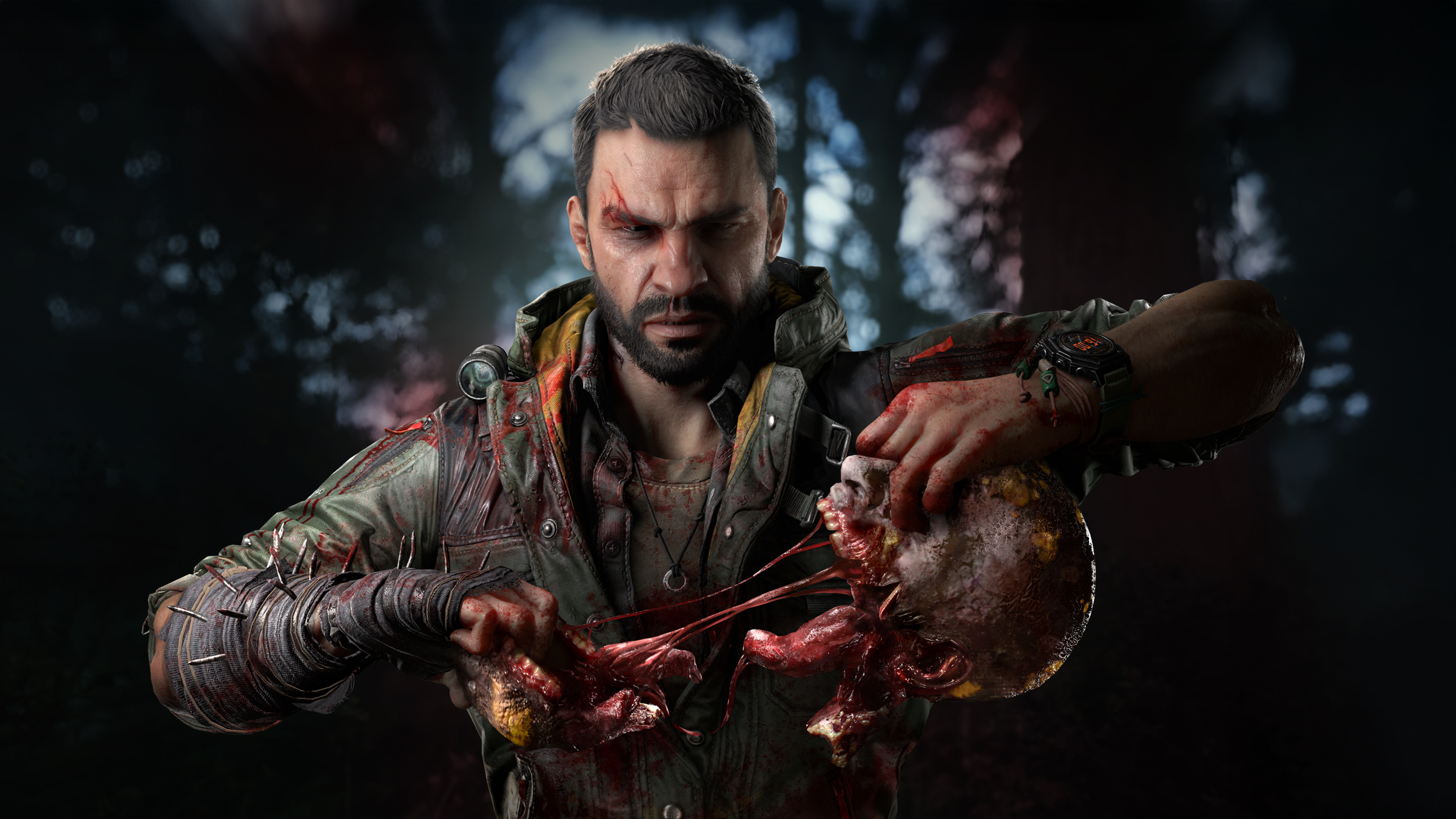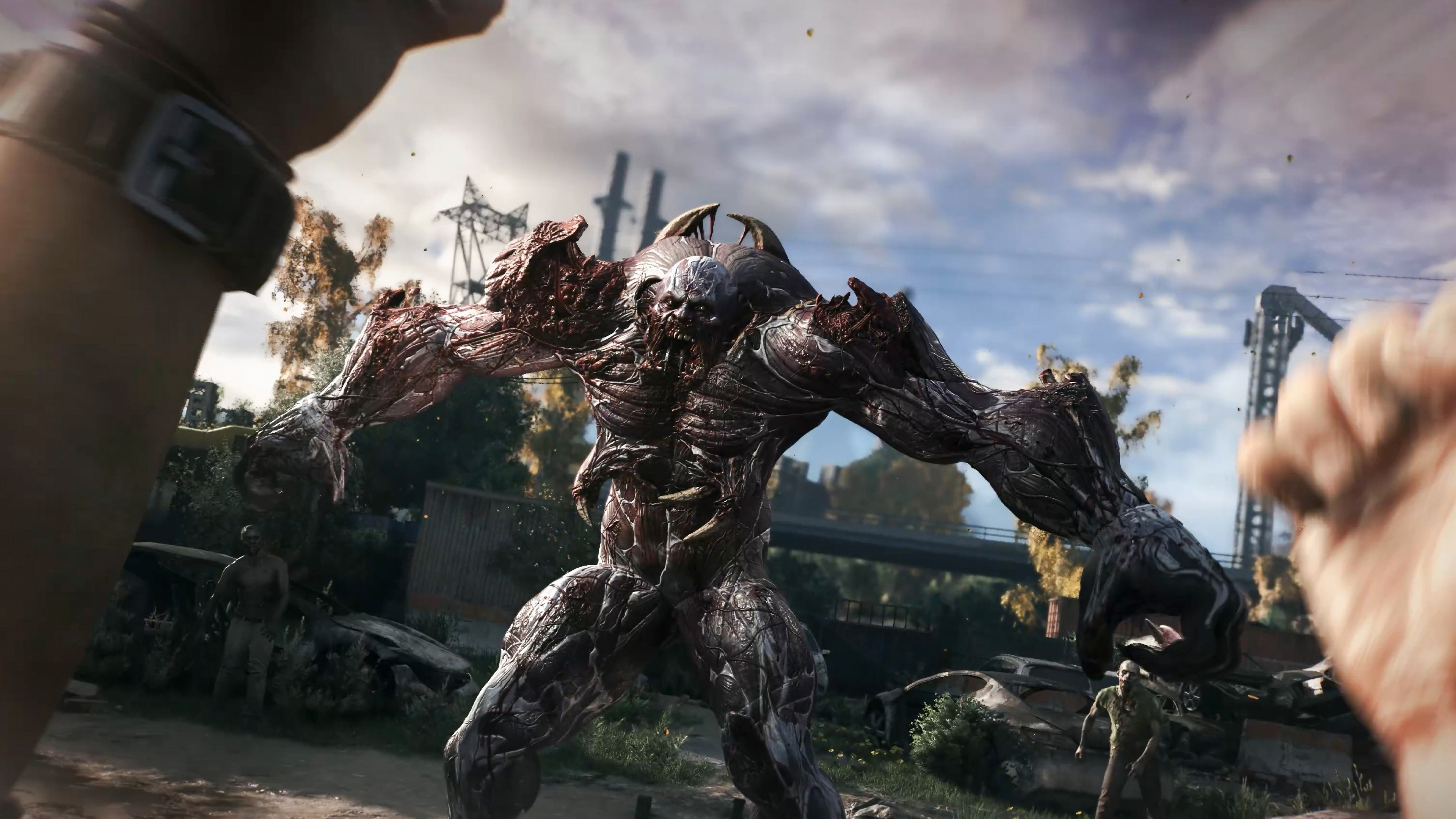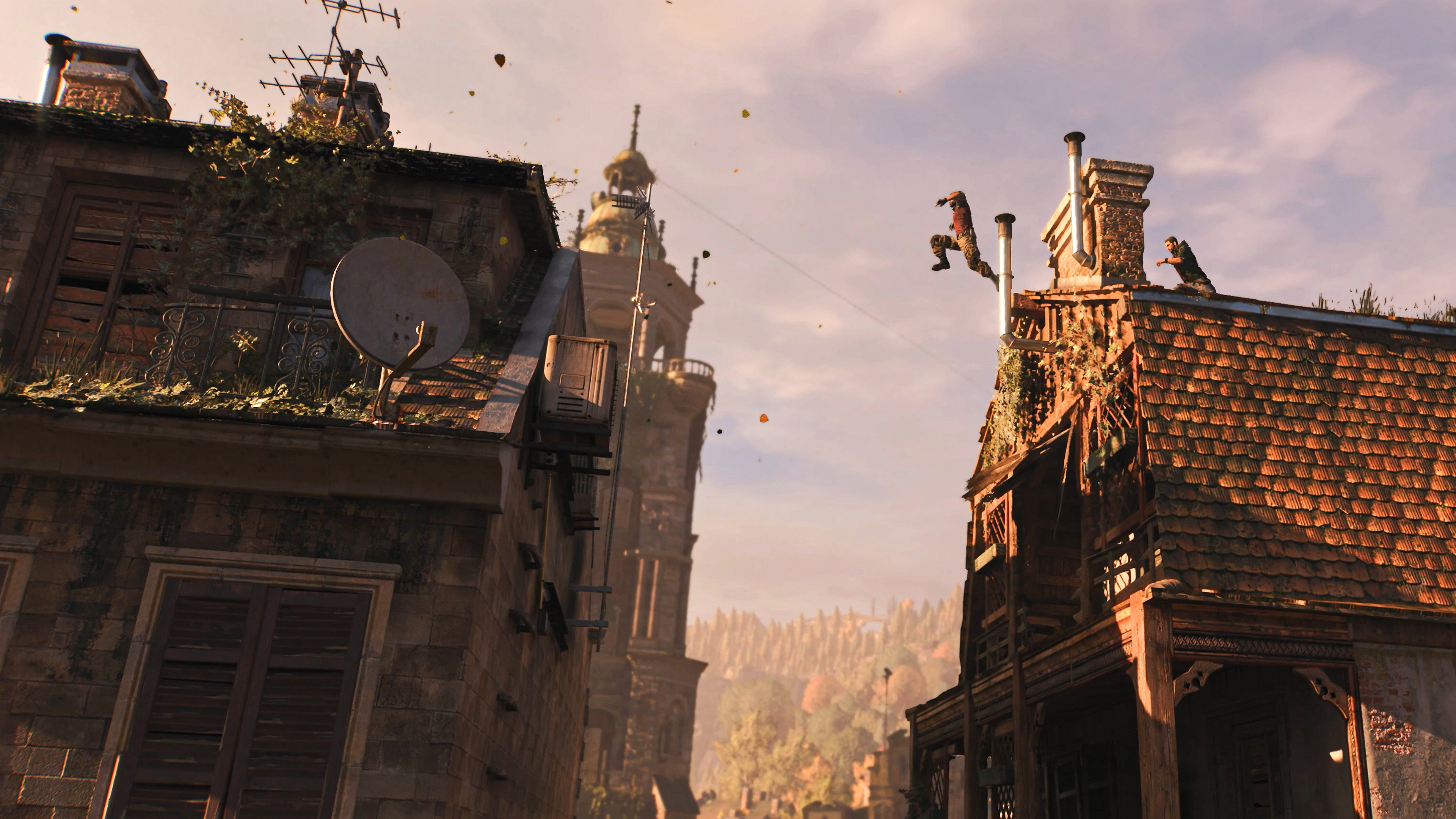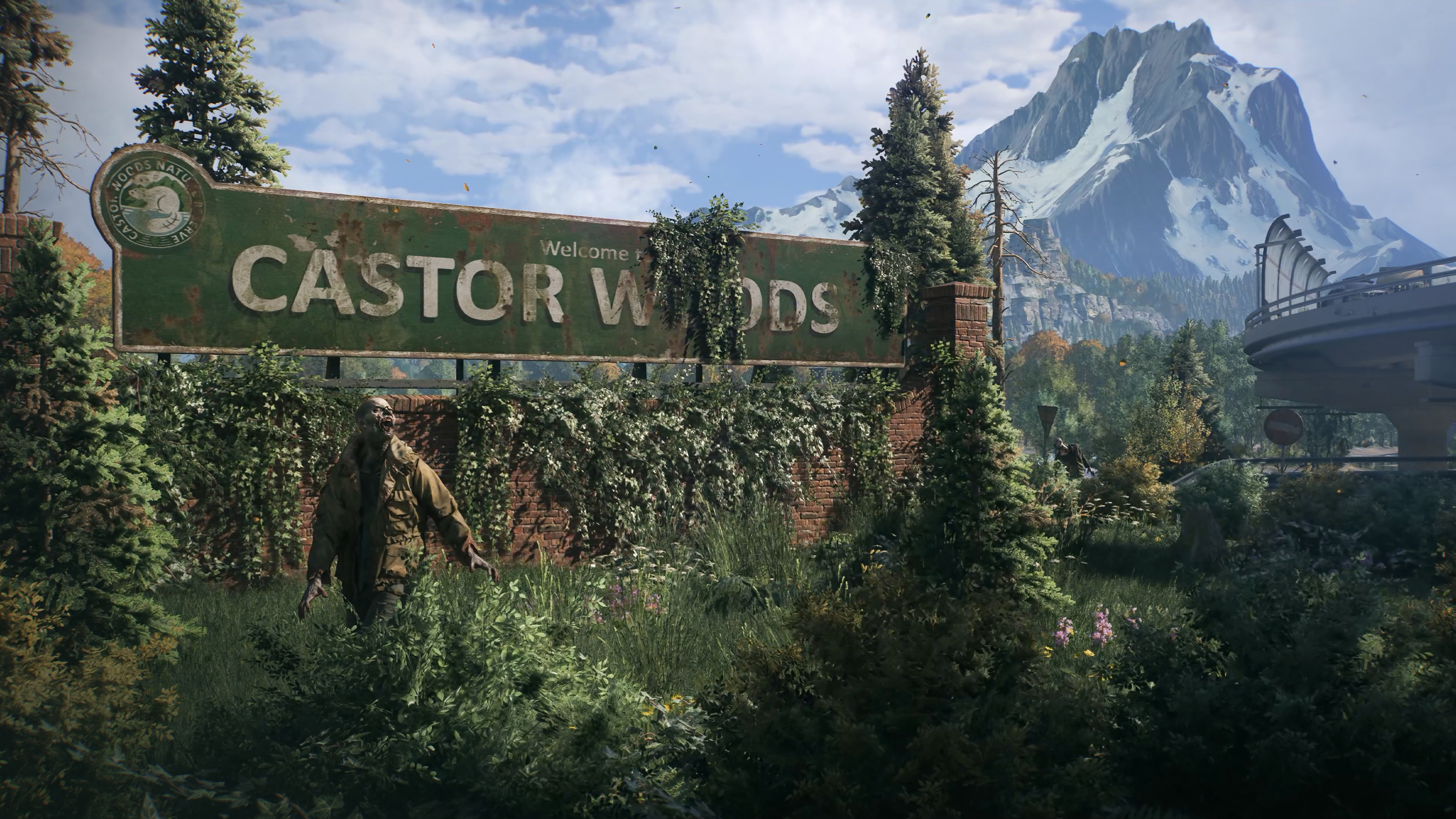
I was intrigued by Dying Light: The Beast long before I got to play it at Summer Game Fest, but let me tell you, the first-person action zombie game is now one of my most anticipated upcoming releases of 2025.
There’s something from all the previous entries in the Dying Light series in The Beast, and it’s a game that benefits from them. From the slick and enhanced parkour of Dying Light 2 Stay Human, to the guns and crunchy combat of Dying Light, and from the robust and fun driving of The Following to the compelling world of, well, all the previous games (in my opinion, anyway), Dying Light: The Beast looks set to be the ultimate Dying Light experience.
And that’s not solely because it’s a culmination of what came before: there is plenty of advancement and some innovations in The Beast, too.
Brutal, beastly, bombastic combat

This was most obvious when getting to grips with Kyle Crane’s new abilities in Dying Light: The Beast.
The star of the show is the manifestation of Kyle’s regular, already talented human abilities and the effects of his being infected. Attacks on enemies charge a meter that slowly enrages Kyle, and when you’ve filled the gauge sufficiently, you can enter Beast Mode.
This is similar to Kratos’ rage in the God of War games, and is just as thrilling, awesome, and brutal. Each swing of his fists becomes an absolute hammer blow and can put even the biggest of foes in danger.
That’s not all, though, as when Kyle overcomes big bosses called Chimeras, he can engage in some really rough, rather questionable science, and inject himself with their essence. This then provides opportunities to upgrade his Beast Mode ability; something I cannot wait to explore fully when the game releases.
Sign up for breaking news, reviews, opinion, top tech deals, and more.
Being infected also has other benefits.. Kyle’s beast senses manifest in a pulse-type ability that can help reveal enemy locations, and also identify the type of threat that they pose, be it ranged or close combat specialists. It also highlights different levels of infected.
Even in my short time playing as Kyle, I am desperate to know more about what he will find out, and how his story arc will be tied up
The new selection of weapons available is also a joy. Guns make a return from the first game (and second after the Reloaded update), en masse, and are pretty satisfying to use, while the bow and arrow are silent but deadly. The variety of melee weapons means there’ll be something bloody and gory enough for you, whatever your preferences.
My personal pick was the knife, which allowed for incredibly quick attacks - something that could see off zombies in a jiffy, but also build up the Beast Mode meter quickly too.
From what I was able to try, the combat is more brutal than ever, but also more satisfying. With wonderfully gory finishers, plenty of tools to give Kyle the edge - as well as some potential for fun creativity - and of course the ability to dropkick enemies miles off ledges, it’s incredibly moreish and meaty.
Kyle Crane’s return ramps the story up

The Beast puts players in the shoes of Kyle Crane once again, the original protagonist from the first Dying Light game and its expansion, The Following.
In The Beast, Kyle is, most importantly, alive. This confirms what we fans had previously suspected for years: the ‘infected ending’ of The Following was the canon one after all. This ending sees Kyle become infected with the virus, but his fate was left unclear.
Now, we have confirmation that he's survived. I began my preview by taking control of Kyle Crane in a beautiful, but ruined, city on a journey to track down the game’s antagonist, The Baron - someone who imprisoned and experimented on Kyle to learn more about his new hybrid infected-human nature for years.
Even in my short time playing as Kyle, I am desperate to know more about what he will find out, and how his story arc will be tied up - and also how it could all tie in to a potential next game in the series.
What’s more, if you’re familiar with the first Dying Light and The Following, I’ve been told by the devs that you may appreciate some details, lore, and collectibles even more than most.
It’s all in the detail

The setting for Kyle’s story in The Beast is a single map filled with beauty, danger, and brilliance. Having seen only a snapshot of it, it was still clearly a wonderfully handcrafted world with multiple landscapes and typologies, and it is perfect as a backdrop for a new Dying Light game.
The city at the start of my preview had a distinctly central European style to it. In the late afternoon or early evening sunshine, each brick looked wonderfully detailed, and the vegetation was beautifully crafted, accurate, and lush too.
Slickly parkouring across rooftops and through windows toward my objective, there were plenty of routes to take and no shortage of post-apocalyptic debris to make paths with on the fly. But you’ll not want to sprint past every space, as some nosing around can reveal useful items and resources scattered about
It’s not filled with fluff or even empty space, but a perfectly executed location with a strong sense of place.
No matter the locale, The Beast continues the series’ iconic day/night split, with each offering vastly different experiences. As the daytime turned to night-time in my preview session - or ‘Nope-time’ as I like to refer to it - I can feel the danger increasing. This cranked up the tension as I continued on to the safe house, doing my best to avoid Volatiles that roam the night. (I did not, ultimately, avoid the Volatiles.)

Whereas in other survival games, a safe house would be entered and secured in a standard way - sometimes just with the closing of a door, for example, the safe houses in The Beast each have their own mechanisms that need to be locked down and secured.
In my preview, the electric front door had to be secured by restoring power to it, which meant going down into the basement and recovering a fuse to fix a trip box - which also meant creeping past a room full of undead that looked like they were dead. Let me tell you, reader, they were not dead.
Anyway, I loved the extra tension that this requirement introduced. Reaching an objective marker doesn’t mean you’re automatically safe.
Just as each safe house is different, the setting is multifaceted too, and all of its distinct styles will present plenty of different opportunities for varying approaches and playstyles. As well as evasive action with the parkour, taking on zombies and bandits head-on with guns, the excellent hand-to-hand weapons, or getting behind the wheel of a vehicle and ploughing through your enemies spectacularly, there’s also plenty of opportunities to channel your inner sneakster, and take a stealthy approach.
While the weapons I had meant that I could always take on some zombies head on, the variety of ways I could scale and parkour through areas, meant that sneaking up on a whole outpost full of guards, whether with my bow or close up - or punting them off a ledge - was always something achievable and satisfying to pull off.
It really feels like an intelligent approach to open-world design - just make one map and do it expertly, intelligently, and fill it with excellent details for plenty of environmental storytelling.
Overall, The Beast very much looks like, feels like, and plays like the best Dying Light game yet. I’ll have to wait a little longer until I can get stuck in again, though, with the game set to release on August 22, 2025 for PS5, Xbox Series X, and PC.
There’s a previous generation on track for release later this year, too.
You might also like...
- If you can grapple with Crimson Desert's needlessly complex controls, there's a unique action game here with stunning visuals and deep combat
- King of Meat’s chaotic co-op action and quirky creator mode show me that it might just have the legs to succeed
- I’ve spent 40 hours exploring Death Stranding 2: On the Beach, and it’s an incredible sequel that builds upon its unique predecessor to become a masterpiece

Rob is the Managing Editor of TechRadar Gaming, a video games journalist, critic, editor, and writer, and has years of experience gained from multiple publications. Prior to being TechRadar Gaming's Managing Editor, he was TRG's Deputy Editor, and a longstanding member of GamesRadar+, being the Commissioning Editor for Hardware there for years, while also squeezing in a short stint as Gaming Editor at WePC just before joining TechRadar Gaming. He is also a writer on tech, gaming hardware, and video games but also gardens and landscapes, and has written about the virtual landscapes of games for years.
You must confirm your public display name before commenting
Please logout and then login again, you will then be prompted to enter your display name.